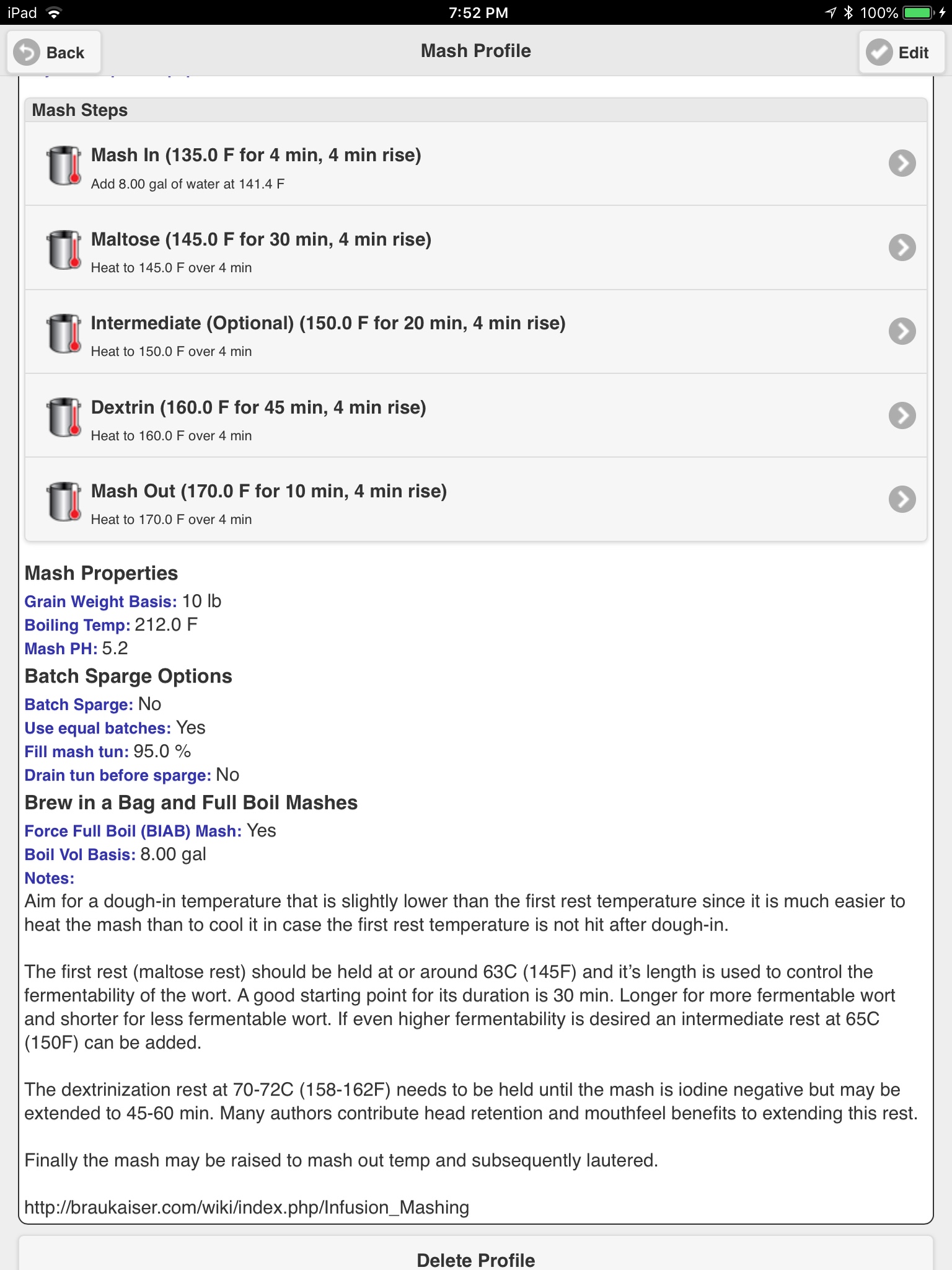Blazinlow86
Well-Known Member
- Joined
- Oct 19, 2016
- Messages
- 1,687
- Reaction score
- 743
Hello all seems to be a pretty standard question from new recirculating users about how to avoid having a stuck/compacted mash after there first use. When i built my system everything i read more or less stated that ideally you want your system to be able to flow at full speed. Like most other users i also had the same issues on my first few runs using my system until adjusting my mill looser and milling A LOT slower. Since then i have been able to run full speed with great results and have not had a flow issue in over 50 batches. I was surprised to see in the responses to this specific question that some people are adjusting there flow to as low as 20% of there pumps max speed to avoid getting a stuck/compacted mash. I am curious what other users experiences are as it seems in those posts that its always the same few members and myself debating it. Thanks
So for clarification the options are
i adjust my grist to my system meaning - you adjust your grist coarser to avoid stuck/compacted/ vacuum mash on your recirculating herms/rims system and run it at full or close to full speeds at the expense of efficiency. and you have it dialed in and working that way. basically you mill looser and pump faster
or
i adjust my system to my grist meaning - you mill finer to get better efficiency/ lhbs mills for you etc and you slow the flow to avoid stuck/compacted/ vacuum mash on your recirculating herms/rims system at the expense of flow rate. and you have it dialed in and working that way. basically you mill tighter and pump slower
or
you dont have a herms or rims recirculating setup
cheers
So for clarification the options are
i adjust my grist to my system meaning - you adjust your grist coarser to avoid stuck/compacted/ vacuum mash on your recirculating herms/rims system and run it at full or close to full speeds at the expense of efficiency. and you have it dialed in and working that way. basically you mill looser and pump faster
or
i adjust my system to my grist meaning - you mill finer to get better efficiency/ lhbs mills for you etc and you slow the flow to avoid stuck/compacted/ vacuum mash on your recirculating herms/rims system at the expense of flow rate. and you have it dialed in and working that way. basically you mill tighter and pump slower
or
you dont have a herms or rims recirculating setup
cheers
Last edited:





